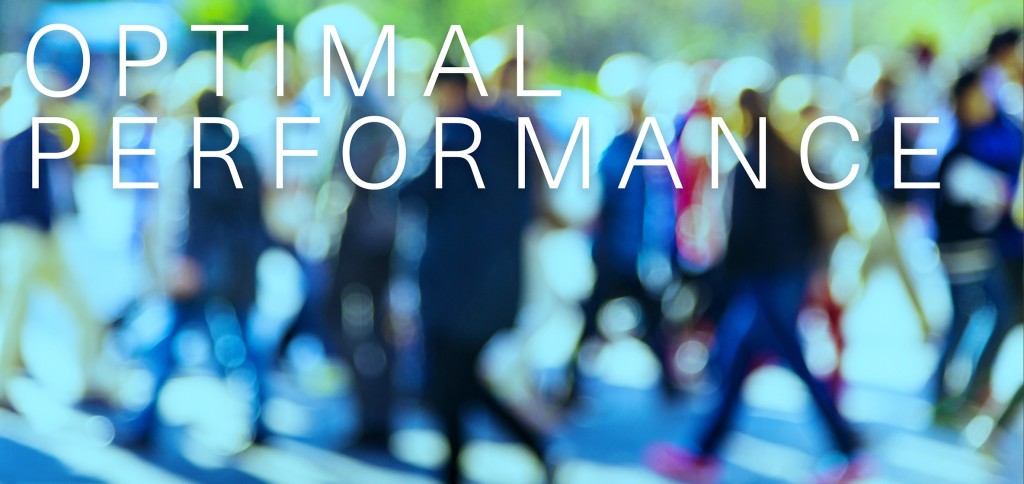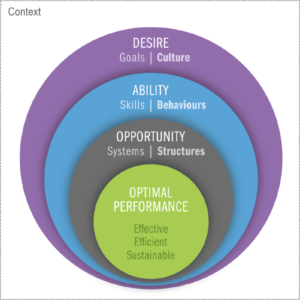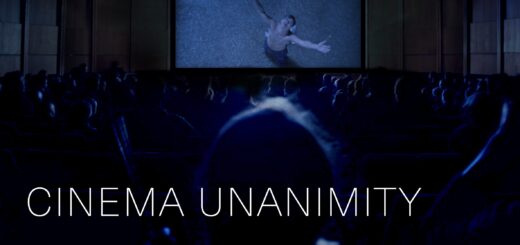Simplifying the goal of optimal performance

Wanting ourselves and others to perform optimally is a common goal, but achieving the goal remains a rarity. Below, Simon introduces a 16-word Optimal Performance framework he has developed through his work educating knowledge workers for Nakedize and Wellington-Uni Professional.
Improvement is in our DNA
Trying to do better—to fulfil our potential by solving problems or realising opportunities—is part of being human.
In our private lives, improvement efforts tend to be short-lived. Tedious repetition and a lack of encouragement allows improvement thinking to become autopilot, action to become habit.
At work, however, most of us are expected to be ‘continuously’ on the lookout for improvement opportunities. For knowledge workers, designing and implementing improvement is often our primary role. And, because all workers perform variably (unlike well-functioning machinery), every manager—including leaders, teachers, and advisers—should be seeking to design and implement the conditions for optimal performance.
Optimal performance is far from our norm
Despite the ever-present need for creating the conditions for optimal performance, and despite the fortunes being spent on the salaries of knowledge workers responsible for making things optimal, workplaces that hum along in top gear are incredibly rare.
Sadly, what isn’t rare are stressed office workers who feel they are actually being blocked from fulfilling their individual and collective potentials. We need to acknowledge that systems either provision or prevent optimal performance, and we need to transform (redesign, not tweak) most of our systems so they stop hindering the people they are supposed to support and ‘unleash’.
[A manager] needs to understand that the performance of anyone is governed largely by the system that he works in.—Edwards Deming
Optimal performance is neither ‘continuous improvement’ nor ‘best practice’
Optimal performance is highly qualified and contextual, which distinguishes its pursuit from much of the costly busyness going on in offices all around the world. Optimality depends on context (time, place, and situation), so it is unlikely to be achieved by the (often stale) autopilot behaviours licensed by best practice methodologies.
Optimal performance is doing activities you have first deemed contextually worthwhile, so it cannot be the same thing as ‘continuous improvement’. Continual (or regular) improvement is almost certainly part of optimal performance, but continuous doesn’t mean regular, it means incessant. (Note, kaizen means ‘good change’, not continuous change). The blind pursuit of continuous improvement can often result in a restless, costly muddle.
If you are doing the best you can within a context—that is, you are achieving your goal without overspending resources and without burning out any part of your system—then enjoy it: make hay and give yourself a pat on the back. Of course, don’t close your eyes to improvement opportunities but, equally, don’t serially degrade your performance by always being in that dissatisfied mode of assuming meaningful improvement is just around the corner, if only you would work a bit harder to find it. It is not helpful to always be in change mode: we need good reasons (which I will write about in a future article) to usefully invoke change.
It’s time to optimise our responses to sub-optimal performances
Fertilised with modern wealth and technology, improvement activity has proliferated over the last 20 years. But it is not all good activity. It is not all good change. Much of it is not business—working gainfully on matters that truly concern us—it is busyness.
You would think not performing optimally would get to us. And you would think that after baking a dozen sunken cakes we might think to find a recipe, or check the recipe we are using to ensure we have not forgotten a crucial ingredient (or two).
Well, poor performance—solvable problems not solved, realisable opportunities not realised—has got to me. It got to me a very long time ago, which is why I established Nakedize in 2004. And now I have finally whittled the recipe down to the 15 words in the framework below.
Like my 2005 Theory of Universal Human Needs, I am proposing this as a universal framework. You can apply it to any endeavour, anywhere, any time. You can use it as the simplest, most efficient of checklists to ensure your improvement efforts have a shot of success.
If the concepts sound familiar, that is good, they should: they are universal. This framework ties together performance truths highlighted by Simon Sinek’s Golden Circle and change truths highlighted by Chip and Dan Heath’s Switch framework.
I encourage you to use this framework.
Finally, if the framework helps you to unravel a wicked problem or two, I would love to hear about it.
Nakedize’s Optimal Performance Framework (v2.5)

Optimal performance requires the alignment of desire, ability, and opportunity towards an optimal goal: a goal whose value is recognised and embraced by all involved.
Culture ultimately dictates behaviour but, through good leadership, an inspiring goal can pull culture into alignment, demand appropriate skills and systems, and licence appropriate behavioural and structural changes.
Characteristics
Effectiveness: Products and services are effective if they do their job.
Efficiency: Products and services are cost-effective if their benefits outweigh their costs.
Sustainability: Resources (materials, people, skills, processes, tools) are sustainable if they are secure, long-term.
Ingredient sets

Ingredient sets for the Nakedize Optimal Performance Framework
Document history
7 Feb 2016: article updated
6 Dec 2015: framework updated to version 2.5
25 Sept 2015: original article


